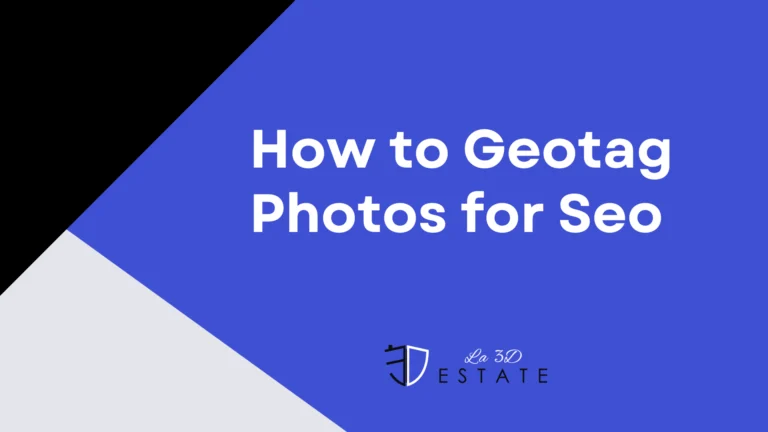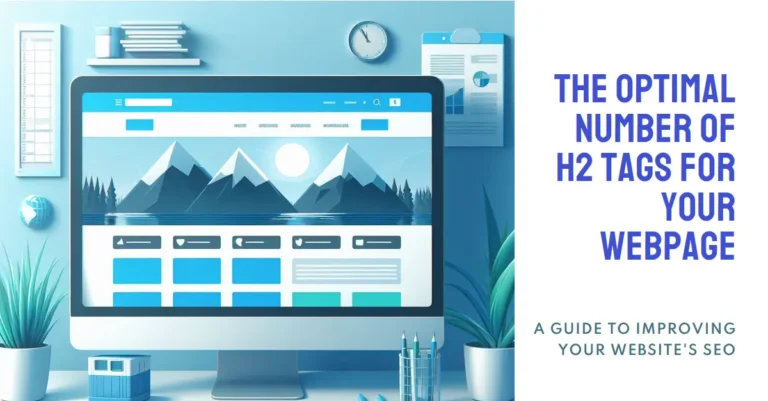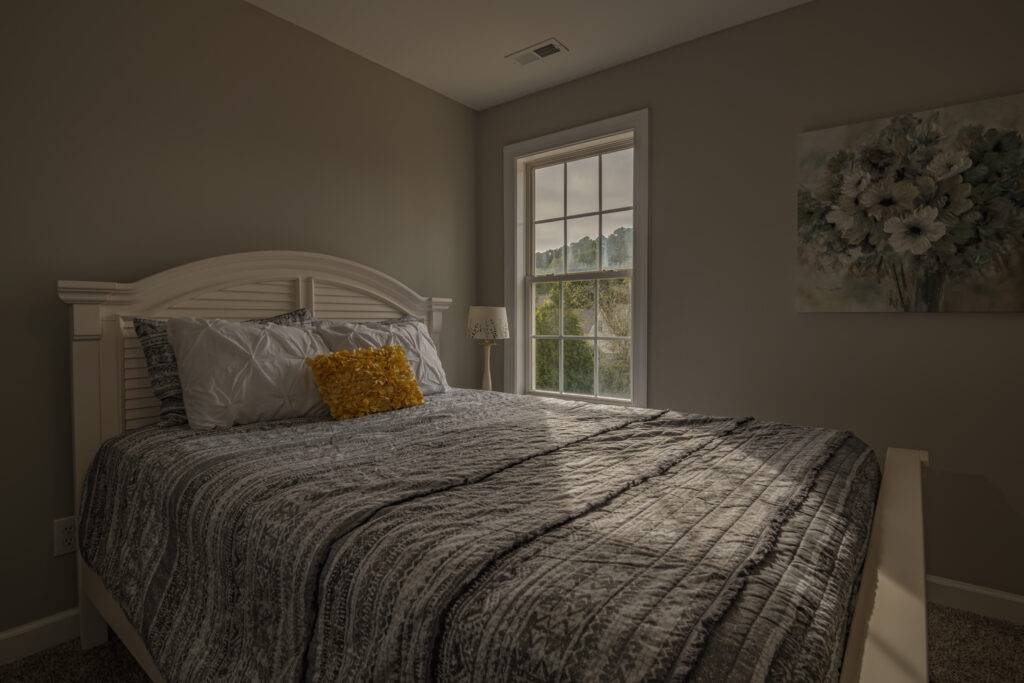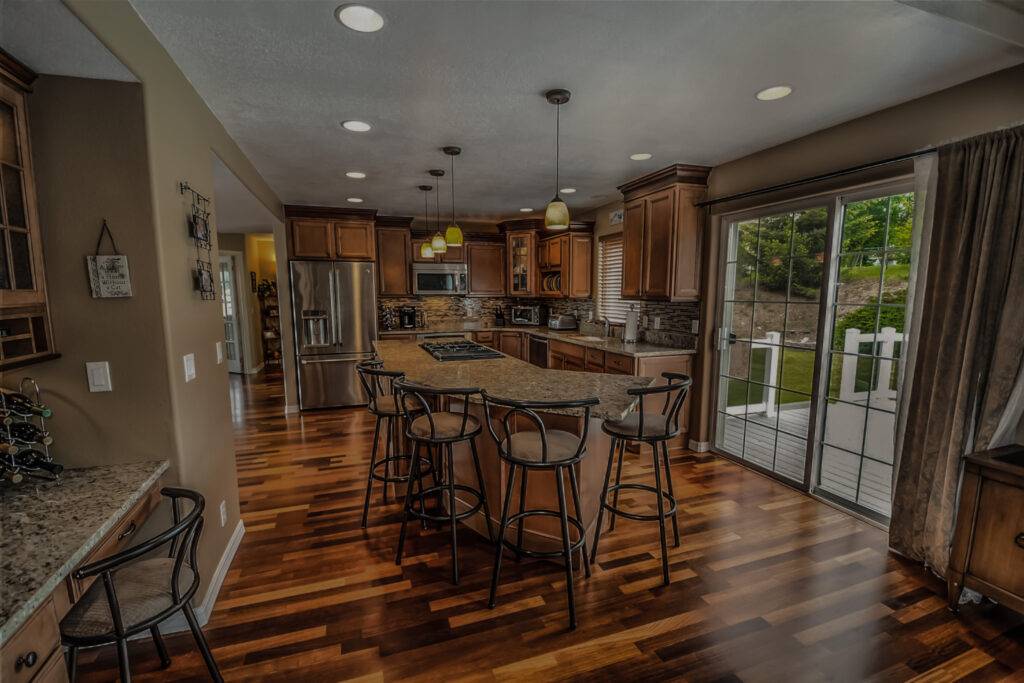Many people believe that websites are solely about aesthetics. However, this notion couldn’t be further from the truth.
As a web designer based in London, Ontario, I’ve come to understand that effective web design goes beyond just creating visually appealing websites. It involves a strategic approach aimed at driving conversions and achieving business goals.
Aesthetics alone cannot guarantee the success of a website. It requires careful consideration of user experience, content presentation, and keyword optimization to create an engaging and impactful online presence.
1. Busting the Myth: Looks Aren’t Everything!

1. Web Design Elements that Matter
Web design is not just about making a website look pretty. It involves several important elements that work together to create an effective online presence. One of these elements is user experience (UX). UX focuses on how users interact with a website and aims to make their journey enjoyable and intuitive.
Functionality is another crucial aspect of web design. A visually appealing website may catch your attention, but if it doesn’t function properly or provide a seamless browsing experience, users will quickly lose interest. That’s why web designers ensure that websites have responsive designs for mobile optimization, making them easy to navigate, load quickly, and adapt to different devices.
Branding is also an essential part of web design. Your website should reflect your brand identity and convey your message effectively. This includes using consistent colors, fonts, and imagery that align with your brand guidelines.
2. The Importance of Objectives
While aesthetics play a role in web design, they are not the sole focus. Effective web design goes beyond looks and concentrates on achieving specific objectives. Whether it’s generating leads, increasing sales, or building brand awareness, every element of the website should be designed with these website and SEO tasks in mind.
For example, strategically placing call-to-action buttons throughout the site can encourage visitors to take desired actions such as signing up for a newsletter or making a purchase. This approach should be used cautiously to avoid keyword stuffing. This approach should be used cautiously to avoid keyword stuffing. Optimizing landing pages can help improve conversion rates by providing relevant information and guiding visitors toward completing specific tasks.
2. The Conversion-Driven Approach to Web Design

1. Guiding Visitors toward desired Actions
Conversion-driven web design by a website designer in London Ontario focuses on more than just aesthetics. It also helps in SEO in London Ontario. Its main goal is to guide visitors towards taking specific actions that benefit the business. This approach recognizes that a visually appealing website is not enough; it needs to be designed strategically to drive conversions.
2. Clear Call-to-Actions and Intuitive Navigation
One key element of conversion-driven web design in London is the use of clear call-to-actions (CTAs) to avoid any conversion or SEO mistakes. These are buttons or links that prompt visitors to take action, such as making a purchase, signing up for a newsletter, or contacting the business. By placing these CTAs strategically throughout the website and making them visually prominent, web designers can encourage visitors to engage with the site and ultimately convert.
Intuitive navigation is another crucial aspect of conversion-driven web design. When visitors arrive on a website, they should be able to easily find what they’re looking for without feeling confused or overwhelmed. A well-designed navigation menu and logical page structure help users navigate through the site effortlessly, improving their overall experience and increasing the likelihood of conversions.
3. A Powerful Tool for Business Growth
By prioritizing conversions in web design, businesses can harness the power of their websites as effective tools for growth. When every element of a website is intentionally designed with conversions in mind, it becomes easier to track and optimize performance. Businesses can make data-driven decisions based on user behavior, identify areas for improvement, and continuously refine their websites to maximize conversions.
3. Crafting Web Design with the Ideal Client in Mind

1. Understanding the Target Audience
To create effective web design, it is crucial for a website designer in London Ontario to understand the target audience. This means knowing who will be visiting the website and tailoring the design to meet their needs and preferences. By understanding their demographics, interests, and behaviors, web designers can create a user experience that resonates with the ideal client.
2. Tailoring Design for Engagement
Designing a website solely based on aesthetics is not enough. The goal should be to engage visitors and encourage them to take action. By considering the preferences of the ideal client, web designers can craft a design that appeals to them visually and emotionally. This might involve using colors, fonts, and imagery that align with their tastes or incorporating interactive elements that enhance user engagement.
3. User Research and Persona Development
User research plays a vital role in crafting client-centered designs. Conducting surveys, interviews, or analyzing website analytics can provide valuable insights into user behavior and preferences. Creating personas – fictional representations of typical users – helps designers empathize with their audience and make informed design decisions based on their needs.
When designing a website, it’s essential to remember that aesthetics alone are not enough. Understanding the target audience allows web designers to tailor their designs for maximum engagement. By conducting user research and developing personas, they gain valuable insights into what motivates their ideal clients. Ultimately, by crafting web design with the ideal client in mind, websites can effectively communicate messages while providing an enjoyable user experience.
4. Visuals and Content: A Symbiotic Relationship

1. Enhancing User Experience with Visuals and Content
Visuals and content are like two peas in a pod. They work together to deliver a cohesive message and enhance the user experience. High-quality visuals have the power to capture attention and complement the written content.
Strategic placement of visuals can greatly improve readability. When used effectively, visuals can convey information more efficiently than text alone. For example, infographics or diagrams can break down complex concepts into easily digestible chunks.
Think about a book with only words but no pictures. It might be difficult to understand the story or visualize what’s happening. The same goes for web design – without captivating visuals, users may struggle to connect with the content.
2. The Power of Visual Characteristics
Visual characteristics play a significant role in web design. Colors, fonts, images, and layouts all contribute to creating an appealing visual experience for users. A well-designed website not only looks good but also guides visitors through the content seamlessly. If you are looking for an SEO service in London Ontario, having a well-designed website is crucial.
For instance, using contrasting colors for text and background ensures readability, while choosing appropriate fonts sets the tone and enhances legibility. Images that are relevant to the content can evoke emotions or provide additional context.
When designing a website, it’s essential to consider how visual elements align with the overall message you want to convey. By carefully selecting and placing visuals that support your content, you create a harmonious blend that engages users from start to finish.
5. The Science of Aesthetics in Web Design

1. Aesthetics Based on Psychology and Perception
Aesthetics go beyond just making a website look pretty. In fact, aesthetics are based on psychological principles and user perception. Colors, typography, and layout choices all play a crucial role in how users perceive a website’s credibility and overall appeal.
2. Impact of Colors, Typography, and Layout Choices
The colors used in web design can evoke different emotions and create specific moods. For example, warm colors like red and orange can convey energy or excitement, while cool colors like blue and green can promote calmness or trustworthiness. Similarly, the choice of typography can influence how users perceive the content on a website. Fonts that are easy to read enhance readability and improve the overall user experience.
Layout choices also impact user perception. Applying principles of visual hierarchy helps guide users’ attention to important elements on a webpage. By strategically arranging content elements such as headings, images, and call-to-action buttons, designers can improve usability by making it easier for users to navigate through the site.
6. The Role of Aesthetics in User Interaction and Performance

1. Positive User Interactions and Engagement
Well-designed aesthetics play a crucial role in creating positive user interactions and engagement on websites. When an interface has pleasing aesthetics, it captures the attention of users and encourages them to explore further. Imagine visiting a website with beautiful graphics, appealing colors, and clear typography. It immediately grabs your attention and makes you want to stay longer.
2. Intuitive Interfaces with Pleasing Aesthetics
Intuitive interfaces that combine functionality with attractive aesthetics are more likely to provide a seamless user experience. When a website is easy to navigate and visually appealing, users can quickly find what they are looking for without any confusion or frustration. This enhances their overall satisfaction and increases the likelihood of them returning to the website in the future.
3. Negative Impact of Slow-loading Websites or Cluttered Designs
On the other hand, slow-loading websites or cluttered designs can have a negative impact on user experience. If a website takes too long to load, users may become impatient and leave before even exploring its content. Similarly, if a website has a cluttered design with too many elements competing for attention, it can overwhelm users and make it difficult for them to focus on what’s important.
Aesthetic interface design not only influences usability but also affects performance tasks such as response times. When users interact with aesthetically pleasing interfaces, they tend to be more motivated to complete their tasks efficiently. On the contrary, unaesthetic interfaces may hinder performance goal orientation.
7. Analyzing Web Design Research: Methods and Outcomes

1. Research methods provide valuable insights
Research methods like user testing and analytics play a crucial role in analyzing web design effectiveness. User testing involves observing how real users interact with a website, allowing designers to understand their behaviors, preferences, and pain points. Analytics, on the other hand, provide data-driven insights into website performance by tracking metrics such as page views, bounce rates, and conversion rates.
2. Data-driven analysis for improvement
By utilizing research methods, web designers can gather valuable data that helps identify areas for improvement. For example, if user testing reveals that visitors struggle to navigate a website’s menu structure or find specific information, designers can make adjustments to enhance usability. Similarly, analytics can highlight pages with high bounce rates or low conversion rates, indicating potential issues that need attention.
3. Evidence of impact beyond aesthetics
Contrary to the misconception that web design is solely about aesthetics, case studies, and research outcomes demonstrate its broader impact. These studies show the importance of website speed for London businesses and how effective web design positively influences user engagement and business outcomes. For instance, a study might reveal that implementing clear call-to-action buttons on a website leads to higher click-through rates and increased conversions.
Conclusion
In conclusion, web design is not just about aesthetics. It goes beyond the surface level and encompasses a conversion-driven approach, understanding the ideal client, and creating a symbiotic relationship between visuals and content. The science of aesthetics plays a crucial role in enhancing user interaction and performance. Through analyzing web design research, we can gain valuable insights into the methods and outcomes that contribute to effective web design.
Now that we have debunked the myth that web design is solely about aesthetics, it’s time to take action. As business owners or designers, we must prioritize user experience and conversion optimization. By understanding our ideal clients and crafting designs that resonate with them, we can create websites that truly drive results. Let’s embrace the power of aesthetics in enhancing user satisfaction and engagement while keeping in mind the broader goals of our websites. Together, we can create impactful web designs that leave a lasting impression on users.










